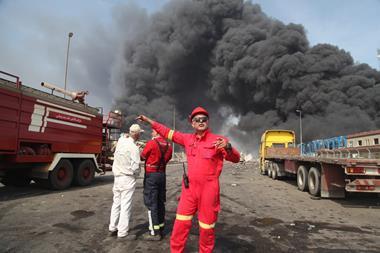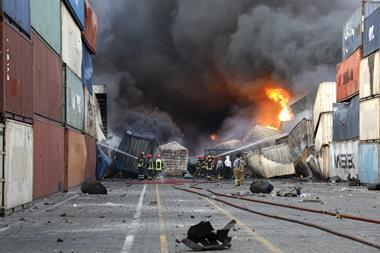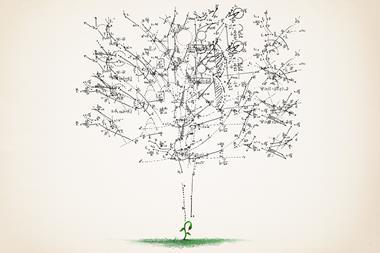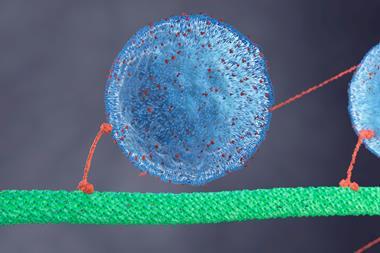There remain a few bottlenecks in switching from batch to continuous manufacturing processes
Continuous manufacturing of chemicals is reaching a tipping point. Bulk chemicals have been produced in continuous processes for decades. But more complex materials, produced in tens or a few hundred tonnes per year, are still predominantly cooked up in large batch reactors. That is changing, but the transition is slow.

At a symposium on industrial flow chemistry run by the Royal Society of Chemistry’s speciality chemicals sector interest group, I heard a lot of optimistic speakers extolling the virtues of continuous processes, and how implementing them had made their manufacturing safer, cheaper, quicker and more reliable. One could be forgiven for wondering why more people haven’t already made the switch.
As with almost all new technologies that aim to displace an established incumbent, it’s not enough to merely be better. There is an awful lot of embedded infrastructure relating to batch processes across the industry, and while this carries ongoing operating costs that could be offset against the cost of switching to continuous, it’s hard to shake off the sunken costs of buying a couple of thousand-litre vessels without feeling like you’re wasting valuable assets – regardless of the actual economics in question. Hence, there are bridging systems, exploiting former batch reactors as feed and collection tanks, for example, to reduce the cost of change.
Detractors also point to the flexibility and modularity of batch-based plants, compared to flow systems, which often require more specialised and individual design and setup. Again, that is changing, with more flexible and modular systems available. Eli Lilly’s demonstration of a completely continuous multi-kilogram-per-day synthesis of an active pharmaceutical, also demonstrates progress in linking together multiple operations, and meeting stringent regulatory standards.
But switching also requires a change of attitude and mindset, as well as quite different skills and analysis. Breaking away from the friendly and familiar, and voyaging into new territory, is tough. It takes sustained effort from evangelical champions, as well as investment in training and awareness. I was unsurprised to hear the equipment manufacturers represented at the symposium talking as much about their training and service provisions as about their reactor designs.
Partly there is a generational effect: younger chemists, who have grown up with more exposure to flow chemistry, are more receptive to exploring its applications. To paraphrase Max Planck, a new idea does not triumph by convincing its opponents and making them see the light, but rather because its opponents eventually die out.












No comments yet